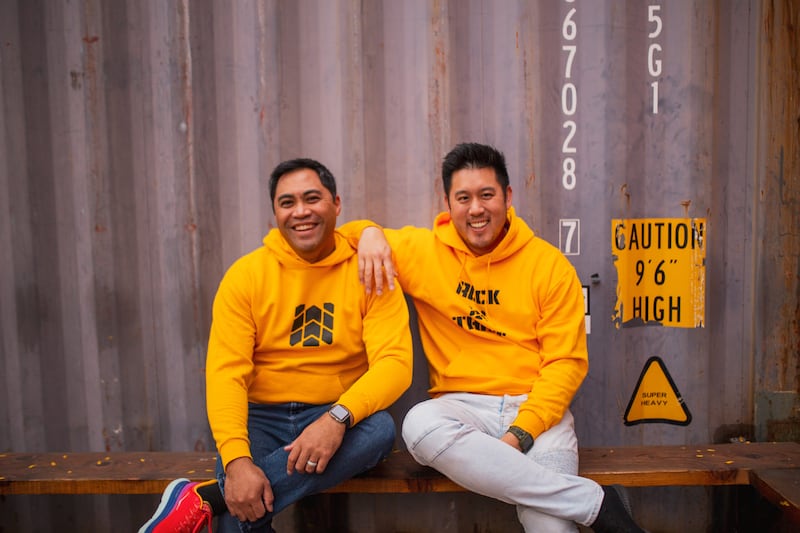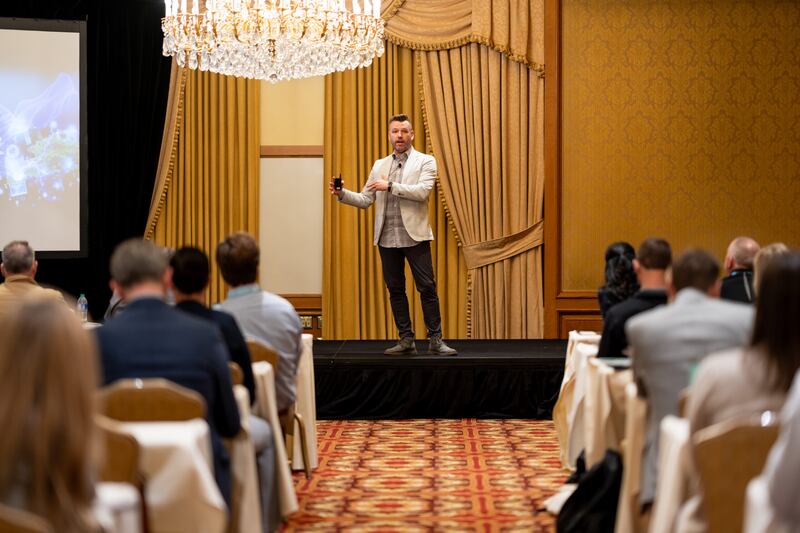
Photo courtesy of Ruck
The concept of customer experience (CX) has emerged as essential for brand loyalty and business growth within the modern, global business environment. According to the Temkin Group, strategically investing in CX can translate into an estimated $700 million earnings boost for billion-dollar businesses over three years.
CX, in essence, weaves an intricate tapestry of customer impressions—from product quality and sales to support and leadership. The blend of experiences molds how customers perceive a brand, influencing their loyalty and satisfaction.
To comprehend the complex layers of CX, businesses must embrace a comprehensive strategy that draws insights from diverse sources, allowing them to align with customers’ expectations. If executed well, the meaningful experiences created for customers based on these insights will keep businesses relevant and thriving.
Data-driven strategies deliver
Steve Carlile, the founder and CEO of Carlile & Co., a company specializing in CX management, sheds light on the critical importance of data in customer service excellence and how it can make or break a business.
“We’re living in a convenience economy,” Carlile says. “Customers have come to expect seamless, hassle-free experiences. Businesses that meet these expectations, those that are thinking more proactively and [are] ahead of the game, are definitely outperforming the others.”
He explains that knowing your customer and understanding their journey are important first steps to mastering CX. “The foundational point I like to start with when working with a company is this: First, let’s understand who your customers are.”
To truly excel in CX, companies need to map out every interaction a customer has with the brand, from the first point of contact to the final purchase and beyond.
There are various methods for effectively gathering feedback, including analytics, surveys and focus groups. Carlile says that a “net promoter score (NPS) stands out as a valuable tool. Companies do it on a different cadence; the company that I was at did it quarterly.”
NPS is often the first and ultimate CX measurement. According to Qualtrics, an NPS usually comes from surveys with a single question: “How likely is it that you would recommend [XYZ] to a friend or colleague?” Responses are tallied and the percent of negative reactions is subtracted from the positive responses to give the final score. As always, the closer to 100, the better.

Steve Carlile | Photo by Spenser Heaps, Utah Business
Companies may include additional inquiries to gain a deeper understanding of customer feedback and preferences. Carlile explains that these questions may cover various aspects, including interactions with the brand online, satisfaction with package deliveries, experiences with customer service, and product usage.
“What was nice about doing it on a consistent cadence over time is that you can monitor progress and see how you’re moving the needle in any given area," Carlile says.
Once the feedback is collected, companies can consolidate and analyze the data. This data-driven approach helps in making informed decisions to enhance CX.
Pivot based on feedback
Ruck, often dubbed the “DoorDash" of construction materials, has revolutionized supply procurement and delivery by pivoting based on customer feedback. Lee Chang, the CEO and co-founder of Ruck, explains, “We are used primarily by custom-home builders, remodelers and other blue-collar professionals as a way to purchase materials and get them delivered to job sites on demand, usually within three hours of ordering.”
Ruck’s distinctiveness lies in its deep connection to blue-collar culture. Initially, the Ruck app was complex and technical, striving to fulfill every customer need. Unfortunately, customers found it challenging to use. As Chang puts it, “Construction workers are on the job site, using tools, climbing ladders, driving to different locations. The last thing they want [is to deal with] a complex mobile app."
Ruck took the feedback and pivoted toward success by fusing advanced back-end tech with an intuitive, low-tech interface, catering to the needs of its users.
Chang emphasizes the importance of aligning company culture with customer culture. Ruck’s team members have spent hours conversing with customers, making deliveries and immersing themselves in the construction world to develop a deep understanding of their customers’ needs.
One remarkable aspect of Ruck’s success is how it continues to gather customer feedback. “Ruck calls every customer multiple times a month,” Chang says. “Ruck gathers feedback in organic conversations and shares the learnings in group messages with its team members.”
Ruck boasts an incredible repeat customer rate of 68 percent. This loyalty is driven by the company’s dedication to providing a personalized and dependable service.
Dr. Chelsea Shields, Photo by D’Arcy Benincosa | Nicole Tanner, Photo by Jordan Bree Photography
Research in the real world
Dr. Chelsea Shields, an applied anthropologist and owner of Brandthropologie Agency, emphasizes the importance of in-home research when studying CX. Her approach centers on ethnography, a methodology that involves deeply immersing oneself in the lives and environments of the people being studied. This immersive approach offers a unique perspective on how products or services are used in real-life settings.
Dr. Shields stresses that this research is crucial for businesses seeking to understand the lived experiences of their customers. By entering the actual homes of end-users, researchers can gain unparalleled insights into the everyday interactions and routines of individuals with a product or service.
“This means going into the homes of beauty customers and talking to them about their daily makeup routines while they are getting ready," she says. In doing so, researchers can witness the moments of product use, uncovering countless discoveries, insights and opportunities that may remain hidden in other research settings, such as digital surveys or focus groups.
Adapt quickly and often
Quickly adapting to feedback creates a loyal customer base and allows businesses to align their offerings with customer desires. Swig, a popular beverage chain, has mastered the art.
Nicole Tanner, founder of Swig, has been attentive to her customers’ diverse beverage preferences since the beginning. The national chain’s primary demographic is women aged 25-45, seeking a diverse range of beverage options. Desires range from classic soda drinks to healthier choices such as customized water and sparkling beverages. To meet this demand, Swig introduced “refreshers" to the menu a few years ago, and the response has been outstanding. Refreshers now account for 25 percent of sales.
Swig’s commitment to meeting customer needs extends beyond adults. It has expanded its offerings for children by adding drinks and mini cookies tailored for little ones to the menu. Recognizing the busy lives of its clientele, Swig also aims to offer efficient drive-thru service to accommodate its customers’ busy schedules.
Tanner emphasizes the approach, saying, “We value the feedback from our valued customers and have a team member that is solely dedicated to receiving and responding to customer feedback and reviews." Additionally, Swig enlists the help of Swig ambassadors, who regularly visit their locations, to provide crucial feedback on aspects such as service quality and speed.
Swig’s commitment goes beyond just serving drinks; it aims to foster a sense of community. Tanner says, “We hope to always provide happiness in a cup—one Swig at a time!" Swig’s success demonstrates the transformative power of adapting to customer feedback.
Ultimately, prioritizing and investing in CX, whether through meticulous research, tailored solutions or responsive adaptations, proves to be a driver of success.

